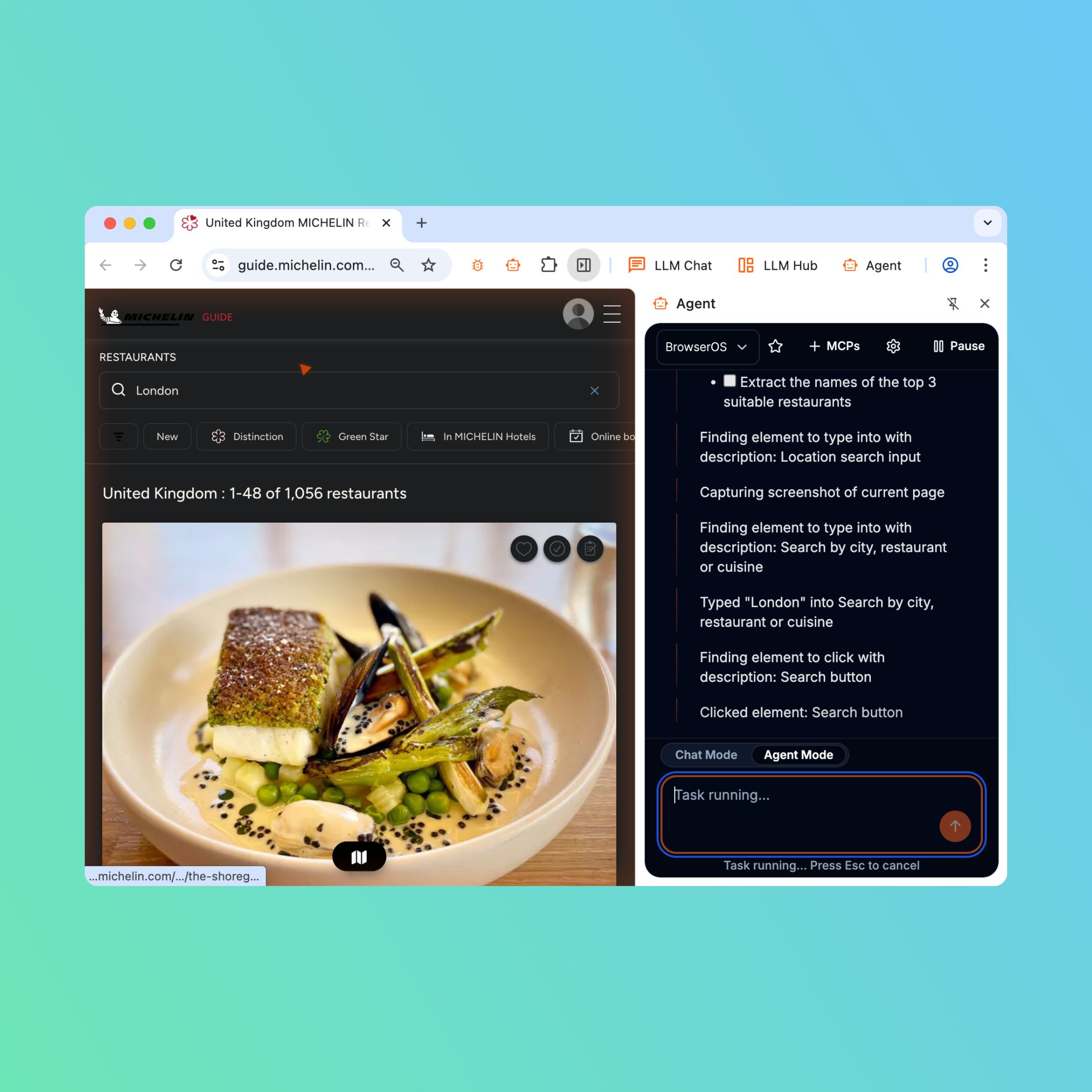· AI Engineering · 2 min read
Voice-First Apps: Building for the Next Interface Shift
Voice interfaces: 4x faster than typing, completely hands-free; yet most apps ignore them. As social barriers fade, early voice adopters will dominate tomorrow's market.

There’s great potential in voice applications, but the market is currently very underserved. One major reason is that users are deeply ingrained in text-based interactions and feel awkward talking to their devices, especially in public or shared places.
This behavioral barrier is significant but will be gone soon. As voice AI becomes more natural and capable, and as younger generations grow up with voice interfaces, the stigma around talking to devices will fade. The companies that establish themselves in voice now will be positioned perfectly for this shift.
Voice interfaces offer unique advantages that text can’t match: they’re hands-free, 4x faster for many typing, and feel more natural. With voice, you can have a natural conversation with your phone while driving, cooking, or exercising.
The technology is rapidly improving. Modern voice AI can understand context, handle interruptions (duplex), and maintain conversations that feel increasingly human-like. The remaining challenges are mostly around user adoption and finding the right use cases.
Voice will become the primary interface for many applications within the next few years. The winners will be those who figure out how to make voice interactions feel natural and valuable rather than gimmicky.
If you’re building any kind of consumer application, consider how voice could enhance or replace your current interface. The early movers in voice will have significant advantages as this market matures.



